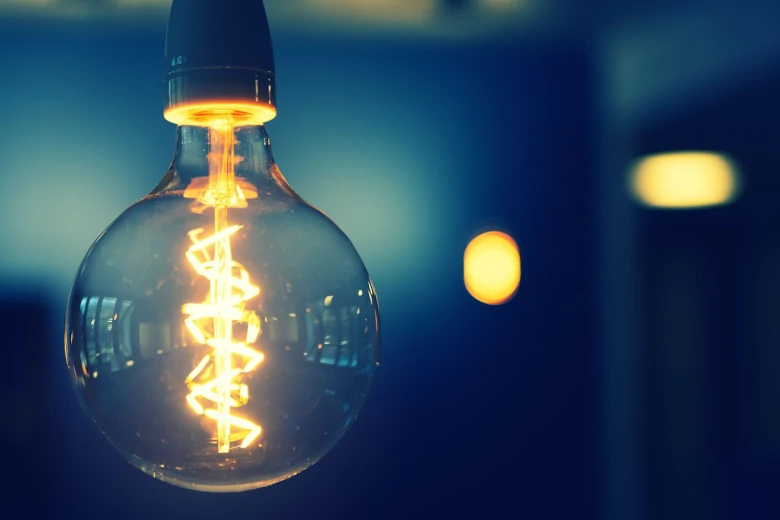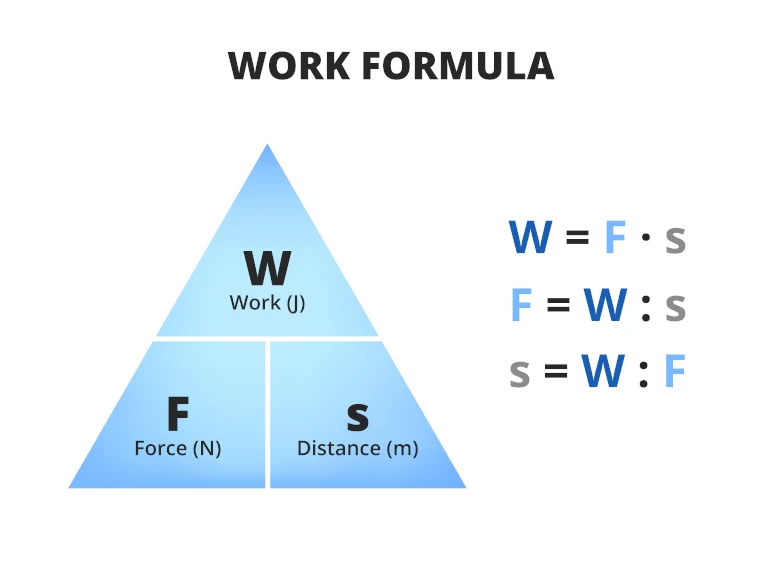Electrical Systems
In this article, the following are the objectives that will be discussed.
- Describe some examples of electrical systems.
- Draw the various parts of a circuit.
- Explain how electricity travels.
What are some examples of electrical systems?
Examples of electrical systems are digital watches, light bulbs and kitchen appliances such as the oven, microwave and electric kettle.

Image Credits: unsplash - Johannes Plenio
How do these systems work?
Let's take the example of an electric kettle.
When the button on the electric kettle is pressed, the circuit closes. This allows electricity to flow through the circuit.
What are the fundamental components of an electrical circuit?
The fundamental components of an electric circuit are the wire and the energy source (battery).
Electrical Circuit
How are the components represented in an electrical circuit diagram

Question 1:
Which of the following components are required for electricity to flow in an electrical circuit?
- battery, bulb, switch
- battery, switch, wire
- switch, wire, bulb
- switch, bulb, fuse
Solution:
(B) battery, switch, wire
Explanation:
The wire and battery is needed to form a loop to allow electricity to flow in an electrical circuit.
Question 2:
Which of the following does not show an example of an electrical system?
- a kettle that uses a stove to boil water
- a mobile phone
- an oven
- a speaker system that emits loud sounds
Solution:
(A) a kettle that uses a stove to boil water
Question 3:
Draw a series and parallel circuit which contain two dry cells, a switch and two light bulbs.
Solution:

Question 4:
How can the components be arranged in a circuit?
Solution:
The bulbs can be arranged either in series or in parallel.
When the bulbs are arranged in series, both bulbs will have the same current flowing through them. When more cells are added to the circuit, the brightness of the bulbs will increase as more energy is available.
When the bulbs are arranged in parallel, both bulbs will have the same voltage. The bulb with the lower resistance will conduct more current and therefore shine brighter.
Question 5:
Which of the following does this symbol represent?

- dry cell
- variable resistor
- fixed resistor
- ammeter
Solution:
(C) fixed resistor
Question 6:
How does the brightness of a bulb increase in a circuit with 2 dry cells?
- Place more bulbs in series within the circuit.
- Remove 1 dry cell from the circuit.
- Add additional dry cells to the circuit.
- Remove all the dry cells in the circuit.
Solution:
(C) Add additional dry cells to the circuit.
Explanation:
By adding more dry cells to a circuit, the amount of energy increases, thus increasing the current flowing through the light bulb. Hence, the light bulb will shine brighter.
What is electricity?
- Electricity is defined as the flow of electric charges (electrons).
- Only in a closed electric circuit can electric charges flow.
- The rate of flow of electrical charge is known as current (I).
- The SI unit of electric current is ampere (A).
How do we measure current?

An ammeter measures the amount of electric charges moving through a circuit. It is connected in series.
Question 7:
What is the definition of electric current?
- Electric current is the rate of change of electric charge.
- Electric current is the rate of flow of electric charge.
- Electric current is the total number of electrons.
- Electric current is the total number of protons.
Solution:
(B) Electric current is the rate of flow of electric charge.
Question 8:
What instrument is used to measure current, and how should it be connected?
- voltmeter, connected in series
- voltmeter, connected in parallel
- ammeter, connected in series
- ammeter, connected in parallel
Solution:
(C) ammeter, connected in series
Test Yourself
Which of the following circuit components protects the circuit from an excessive current?
A circuit breaker will trip when an excessive current flows through the circuit, protecting the circuit and the user from the large current flowing through it.
Ans: (A) circuit breaker
Which of the following appliances makes use of the lighting effect of electricity as its main function?
The current passing through a filament bulb causes its filament to give out light.
Ans: (D) Filament bulb
An oven with a power rating of 12 kW is used for half an hour per day in a month of 30 days. What is the energy consumed by the oven during that month?
Time
= 30 × 0.5
= 15 h
By Energy consumed = Power × Time
Energy consumed by the oven
= 12 × 15
= 180 kWh
Ans: (A) 180 kWh
What is the meaning of one volt of potential difference?
I. One joule of energy is needed to move one volt of charge.
II. One joule of energy is needed to move one watt of charge.
III. One joule of energy is needed to move one unit of charge.
IV. One joule of energy is needed to move one joule of charge.
One volt of potential difference means that one joule of energy is needed to move one unit of charge.
Ans: (III) One joule of energy is needed to move one unit of charge.
Which of the following can we do to save electricity?
I. Leave the television on overnight.
II. Use an energy-saving light bulb.
III. Leave the air conditioner on when nobody is at home.
IV. Turn on the grinder when not in use.
Using an energy-saving light bulb instead of an ordinary light bulb will save electricity.
Ans: (II) Use an energy-saving light bulb.




 SG
SG  VN
VN 
















